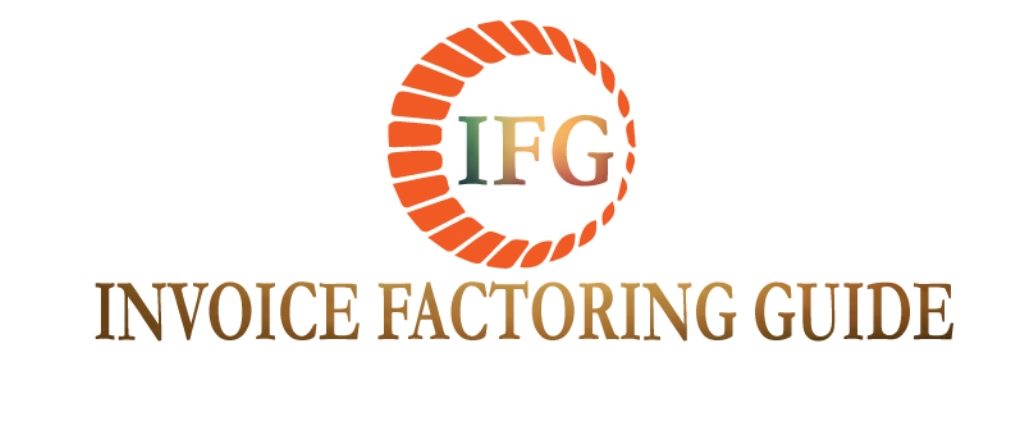Amazon Lending Reviews
Pros
- No application process-you’re ether invited or not.
- Smart option if liquidity is tied up in inventory.
- Can help businesses scale up for seasonal opportunities.
- No origination fees.
- Partnered with Bank of America Merrill Lynch.
Cons
- Difficult to qualify for-invitation only.
- Little transparency on rates or criteria.
- Funds must be used for inventory.
Amazon Lending Reviews
 See above info for Amazon Lending Reviews. If you are a current or former Amazon merchant, we’d like to hear from you. How was your experience? Are you a repeat customer?
See above info for Amazon Lending Reviews. If you are a current or former Amazon merchant, we’d like to hear from you. How was your experience? Are you a repeat customer?
Amazon Spotlight
· Headquarters: Seattle, Washington
· Lending to Businesses Since: 2011
· Funding Category: Small businesses
· Funding Levels: $1,000-$750,000
· Primary Financing Method: One-year Loans
Since 2011, Amazon has facilitated a little-known lending program to merchants on its platform. Here’s the catch- it’s by invitation only. This Amazon program is similar to PayPal or Walmart’s internal vendor financing programs.
Amazon Lending Rates and Terms
Amazon does not readily make available their loan rates outside their ecosystem. Here’s what we know.
Once a business is selected, they are offered a one-year, term loan with fixed, monthly repayments. The interest rate charged on the loan will vary depending on a number of factors specific to the merchant such as sales volume and consistency, inventory location (FBA or DIY), product category, customer feedback and reviews, etc.
From what we can gather, the loans seem to be between 8% and 16% annualized- in the ballpark of rates charged by small business credit cards.
Once selected, there doesn’t appear to be a lengthy due diligence process (they’ve already prescreened merchants, primarily based on sales volume).
For those that make the cut, funding comes next day. To qualify for these quick business loans, businesses must meet the following criteria:
· Be an Amazon merchant.
· Must be invited by Amazon to participate in Lending program.
· Loan proceeds must only be used to purchase inventory.
· Loans secured by your inventory and future sales.
As such, Amazon lending is similar to revenue-based financing. But there are a few differences; one being the rates are much cheaper. Also, the loan is repaid on a monthly basis, not daily, like most business cash advances.
Amazon Loan Agreement
Businesses must sign Amazon’s loan agreement which stipulates the terms of the financing.
As they state from the agreement (4.2 Remedies … (iii)), “[Amazon will] enforce our rights as a secured party, by taking possession of your inventory stored in Amazon fulfillment centers and disposing of them in accordance with the Uniform Commercial Code, UCC.”
Its doubtful Amazon would want to actually seize it, sell it themselves, and be made whole (although they certainly could). More likely, they’d continue to divert sales from the seller account until the loan is repaid.
How is Amazon Lending Different from Factoring Companies?
While the Amazon program is considered asset based lending, it’s quite different from invoice financing. First the securing assets are inventory, not accounts receivable. As such, physical inventory, especially if it’s in an Amazon facility) can be repossessed, where unpaid invoices (IOUs) cannot.
In one respect, it’s similar to invoice finance in that the asset (in this case inventory) is used as collateral to secure the financing.
The Amazon lending program has partnered with Bank of America Merrill Lynch which provides a revolving line of credit, so access to funding is not an issue. 1
There are factoring companies that are backed by, or subsidiaries of, larger banks (not that Amazon needs the capital). Such examples include Goodman Factors with Independent Bank, and Wells Fargo Capital Finance and National Funding (compare the National Funding reviews with our Amazon Lending reviews).
These partners can provide options once the business ‘graduates’ from alternative financing solutions and has the financial strength and track record for cheaper, traditional financing options.
If your business can secure funding at the lower end of the inferred interest range (high single digits) and have steady sales volume, consider Amazon lending, if invited.
And if your business has some black marks on its credit history, you should still be OK for Amazon’s program since your sales will trump all other factors. In that sense, it’s one of the few bad credit business loans around for [potentially] under 10%.
Amazon Lending Pros and Cons
In addition to the Amazon Lending reviews above, we reiterate these key pros and cons:
Main Pros:
· No application process-you’re ether invited or not.
· Smart option if liquidity is tied up in inventory.
· Can help businesses scale up for seasonal opportunities.
· No origination fees.
· Partnered with Bank of America Merrill Lynch.
Main Cons
· Difficult to qualify for-invitation only.
· Little transparency on rates or criteria.
· Funds must be used for inventory.

